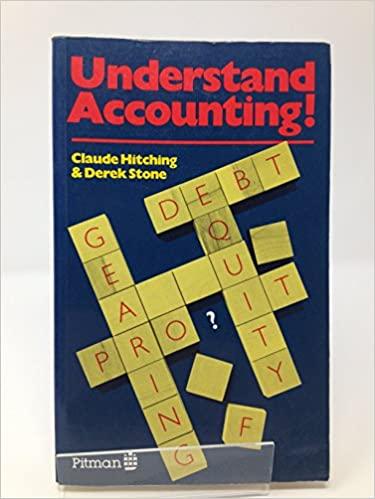46. To obtain audt s including: control risk, an auditor selects tests from a variety of A. inquiry B. analytical c. confirmation, 47. The audit program usually cannot be finalized unti the: A. engagement letter has been signed by the auditor and the management representation letter has been obtained C. significant deficiencies have been communicated to the the board of directors audit committee of D. consideration of the entity's internal control has been completed. of the following presumptions is correct about the reliability of audit evidence? A. To be reliable, audit evidence should be convincing rather than persuasive. B. An effective internal control provides more assurance about the reliability of audit evidence. C. Reliability of audit evidence refers to the amount of corroborative evidence obtained D. Information obtained indirectly from outside sources is the most reliable audit evidence. 49. Of the following which is the least persuasive type of audit evidence ? A. Copies of sales invoices inspected by the auditor. B. Documents mailed by outsiders to the auditor. C. Computations made by the auditor D. Correspondence between auditor and vendors. 50. An entity's income statements were misstated due to the recording of journal entries that involved debit and credits to an unusual combination of expense and revenue accounts. The auditor most likely could have detected this fraud by: A performing analytical procedures designed to disclose differences from expectations. B investigating the reconciliations between controlling accounts and subsidiary records. C. evaluating the effectiveness of internal control policies and procedures. D. tracing a sample of journal entries to the general ledger. 51. The third standard of field work states that suficient appropriate audit evidence is to be obtained to afford a reasonable basis for an opinion regarding the financial statements under audit. The substantive audit evidence required by this standard may be obtained, in part through: A. analytical procedures B. proper planning of the audit engagement. C. flowcharting internal control. D. auditor documentation







